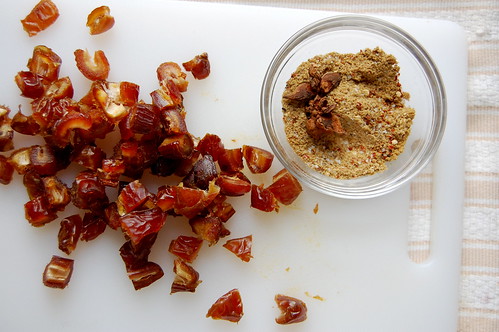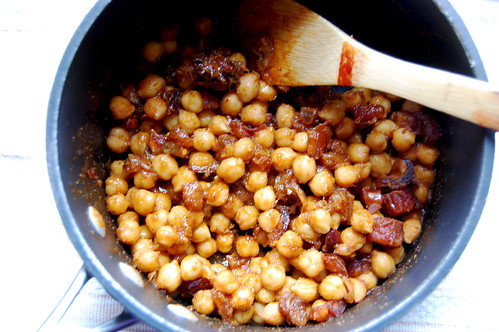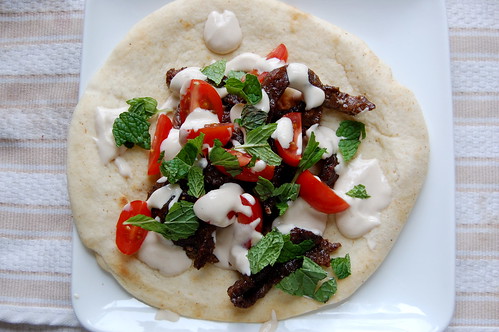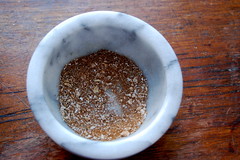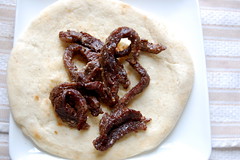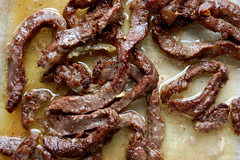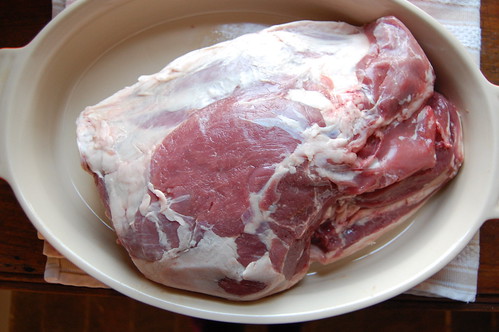
I hope everyone had a happy Easter (or Passover) holiday. I've been spending a lot of time following the recent events in Syria and wondering what I should say here in this space. Some good friends of mine traveled to Syria in early March, before any hint of crisis, and sent me the most wonderful letter. In it he writes,
"and then the men's club always loud with talk as the men play backgammon or cards in clouds of cigarette smoke on wooden tables in wooden chairs. It is the same quality sound I heard outside a Czech men's bar before the wall fell, hearty unabashed civilized man buzz, a beautiful song of comradery, and I'm not talking NFL fanny patting."
It is such a beautiful letter, and that image, the image of Syria like East Germany before the wall fell, is one that rings true for me now. I've been closely following blogs and facebook, checking in with my Syrian friends, reading the nuanced reporting of Anthony Shadid and Cal Perry. I have much to say, perhaps too much to say, but all I will say now is that I hope all the Syrians I've known, kind, generous, welcoming people, are staying safe and out of harms way.
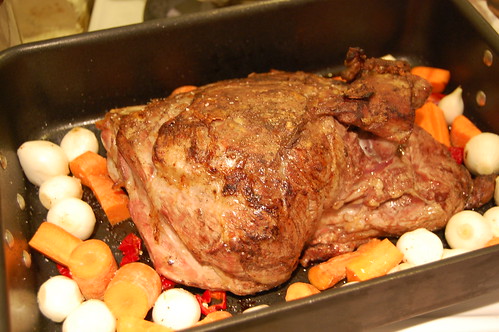
For Easter (or really any holiday), we have a very festive dish called fakhda bil furn, which translates to leg of lamb in the oven. The lamb is very simple, marinated with garlic and spices and roasted in the oven until just done. But it's the pilaf that accompanies the lamb that makes this a full dish. Here I've made the pilaf with freekia (roast green wheat) but it is often made with rice. The pilaf is studded with ground meat and onions and not. Often, this dish is a meat festival, the pilaf packed with pounds of ground meat. But I like to make the meat merely an accent in my pilaf, letting the spices and nuts come through as well (and also making the dish a tad lighter!).
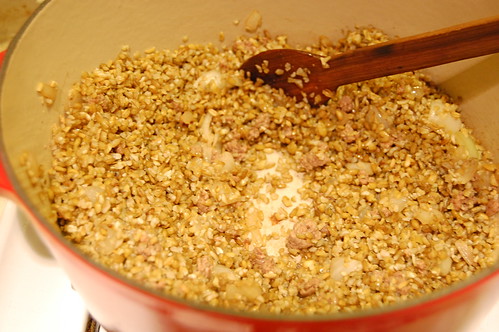
The carving job we did in these photos is atrocious, but this can really be a beautiful dish. Present the carved lamb on top of the pilaf and toss some sauteed almonds and pistachios on top.

Fakhda bil Furn Roast Leg of Lamb with Pilaf
for roasting:
1 6-pound bone-in leg of lamb
2 carrots, roughly chopped
6-8 pearl onions, peeled
marinade:
2 garlic cloves
pinch salt
2 tbl olive oil
2 tbl white vinegar (or lemon juice)
1 tbl oregano
1/2 tsp each allspice, cinnamon, cumin
a few grinds of fresh black pepper
pilaf:
2 tablespoons butter
2 cups freekia or rice
1 large onion, diced
1/2 lb ground lamb
1/2 teaspoon cinnamon
12 teaspoon cumin
1/3 cup pine nuts
1/3 cup blanched almonds
1/3 cup blanched pistachios
salt to taste
1. Trim all visible fat from the leg of lamb. Crush the garlic in a mortar and pestle with the salt. Mix in the remaining marinade ingredients and rub over lamb. Cover and refrigerate overnight.
2. Preheat oven to 425F. Straddle a large roasting pan over two burners. Sear the lamb on medium-high heat until browned on all sides. Transfer to the oven and roast for 20 minutes. Lower the heat to 325F, add the carrots and onions, and roast for an additional 45-60 minutes. The lamb should read about 130F on an instant-read thermometer for medium rare. (Time will vary depending on weight of lamb). Remove, tent with foil, and let rest before carving.
3. While the lamb is cooking make the pilaf. In a large pot, melt 1 tablespoon butter over medium-high heat. Saute the onion until translucent, then add the ground lamb and saute, breaking up into bits, until nicely brown. Add the freekia and spices and stir for a minute to toast. Add 4 cups of water, bring to a simmer, then cover the pot and cook on low heat. Cook until freekia (or rice) is tender, about 20-25 minutes.
4. In a small pan, melt the remaining butter, add the nuts and toast until golden.
5. Carve the lamb. Arrange the pilaf on a platter, place the lamb over top, arrange the roast carrots and onions around the lamb. Sprinkle the toasted nuts over the top and serve.

